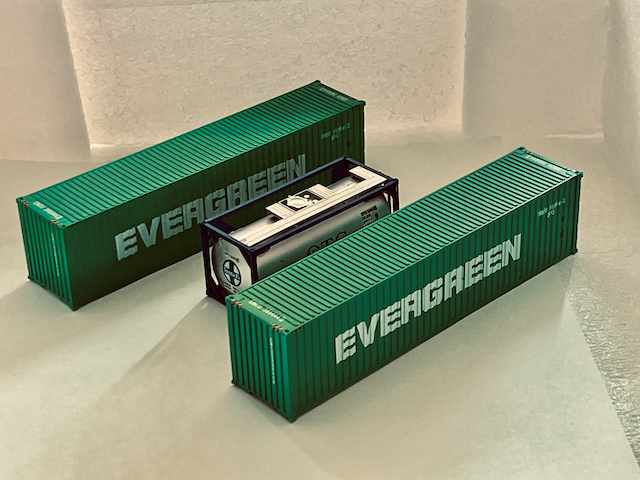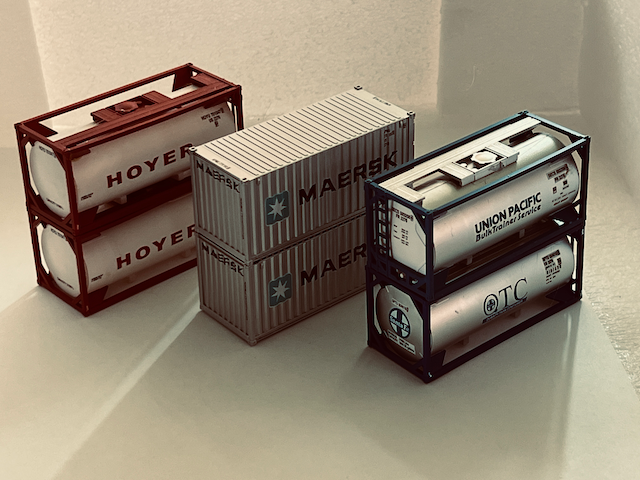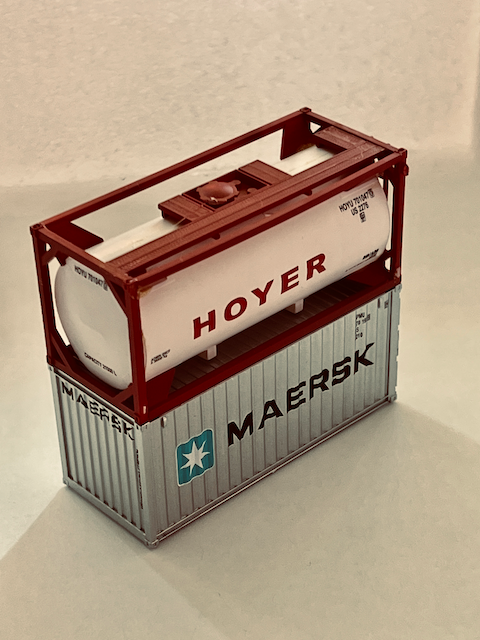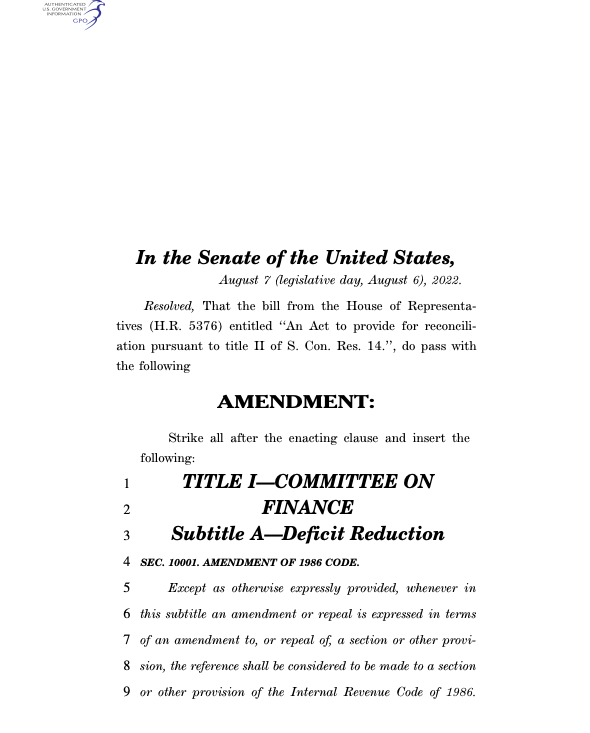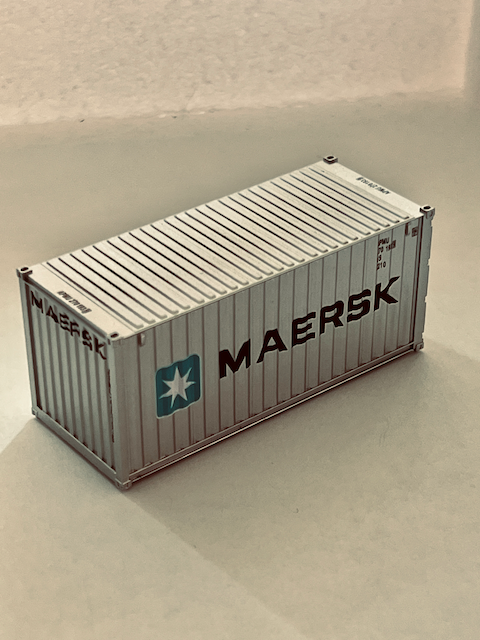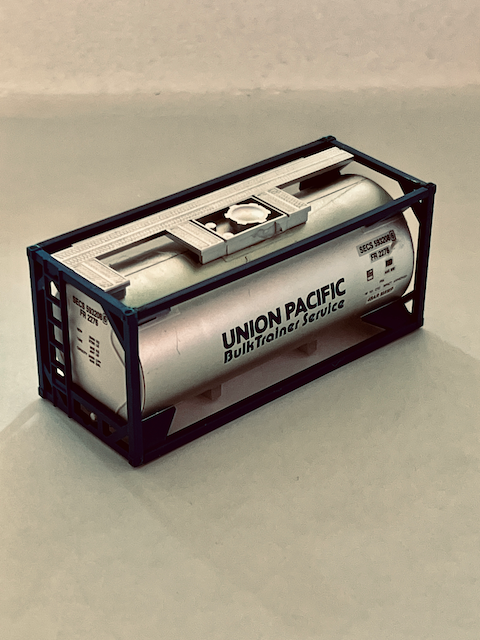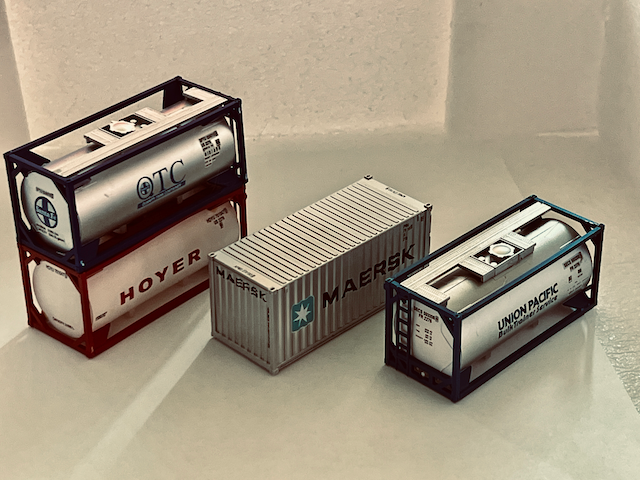|
|
|
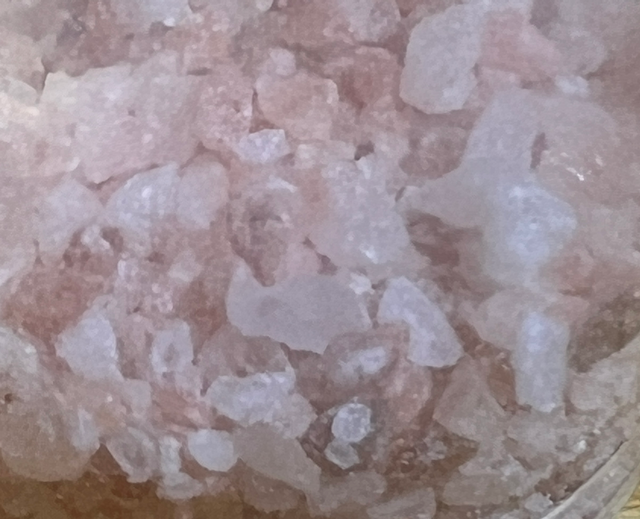
Simultaneous brine treatment and energy storage with lithium mining bonus
|
What is Brine
What is brine?In general, brine is any solution with an extremely high concentration of salts, such as sodium chloride, which can occur either naturally (as with seawater, deep-water ocean pools, salt lakes, producer water from oil and gas drilling) or as a byproduct of industry. These byproducts, or brine waste streams, are typically highly concentrated salt solutions that, in some cases, contain more than twice the amount of concentrated salts than natural brine solutions.Brine waste streams can also be highly concentrated with total dissolved solids (TDS), such as waste streams in many chemical manufacturing processes, and they can be some of the most challenging to treat or discharge because their composition and purification requirements are dynamic and complex.Some examples of brine waste created as a byproduct of industry include:-cooling tower and boiler effluent-reverse osmosis (RO) and ion exchange waste/reject streams-produced water from extracting oil and natural gaschlor-alkali and chemical plant waste-acid rock and mine drainage-food preservation and manufacturing waste streams-desalination waste from potable water creationirrigation runoffOur novel solution is treating this solution considered and expensive headache, into a battery technology system.Elon Musk and Tesla even think that recovery of lithium from brine is worth patenting. However, they are not the first to do so. (1962 Lithium from Brine Patent)Battery Technology: With the advent of the new USA tax credits for producing and selling batteries ($35/kW) we are focussing on a simple flow battery using shipping containers as the modular electrolyte storage units with tax credits up to $140,000 per system. We are focussing on the salt battery. This battery can be used for both thermal and electrical storage applications. We call it the Cogeneration Battery or Cogen Battery. We are also looking into converting salt based water conditioners to simultaneously produce power.
Seawater battery desalination with a reverse osmosis membrane for simultaneous brine treatment and energy storageEverything You Should Know About Saltwater Batteries Tesla patent reveals Elon Musk’s table salt lithium extraction process that could slash costs Recovery of Lithium from Brines from 1962
|


